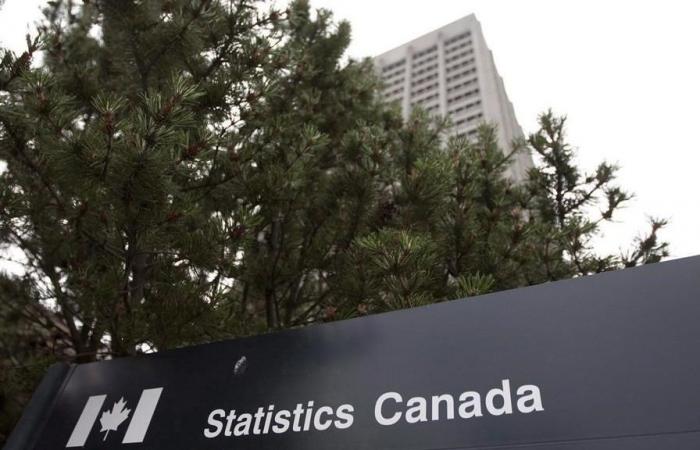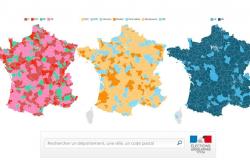Tuesday’s report from Statistics Canada will offer the first read on inflation after the Bank of Canada announced a quarter-percentage-point rate cut on June 5, bringing its benchmark rate to 4.75 per cent. Economists say the new data could pave the way for further reduction in July.
BMO and TD forecast Canada’s annual inflation rate to slow to 2.6% and 2.5% respectively, down slightly from 2.7% in April.
“It appears to be a calm and uneventful month for inflation. I would say at this point, less news is good news,” said Douglas Porter, BMO’s chief economist.
The Bank of Canada’s decision to cut rates marked a major turning point in the central bank’s fight against inflation, which peaked at 8.1% in mid-2022.
It was also the first G7 central bank to cut interest rates, although it was quickly followed by the European Central Bank, which also cut its key rate by a quarter of a percentage point this month – this.
After the rate announcement, Governor Tiff Macklem said the Bank of Canada was more confident that inflation was moving closer to its 2% target, citing various indicators suggesting a retreat in price pressures.
Economists say the new inflation data will strongly influence the pace of future interest rate cuts.
Looking ahead to the next interest rate announcement on July 24, TD Chief Economic Officer James Orlando said the next two inflation reports could pave the way for another rate cut.
“This will open the door to a possible decision by the Bank of Canada to make consecutive rate cuts,” Mr. Orlando said.
Douglas Porter agrees, pointing out that it would likely take a “bad reading, this month or next month, to prevent the Bank of Canada from cutting (rates).”
The Bank of Canada last week released a summary of its deliberations leading up to its June 5 rate decision, which revealed discussions about waiting longer to cut interest rates before ultimately deciding to make reductions.
“While they recognized the risk that progress could stall — as has been the case in the United States — there was consensus that with four consecutive months of subdued inflation slowing, underlying rate and indicators suggesting a continuation of the downward trend, progress had been sufficient to justify an initial reduction in the key rate,” the summary said.
The document reiterates the central bank’s cautious approach and its intention to make future interest rate decisions one by one.
The Bank of Canada has been particularly encouraged by the recent slowdown in fundamental inflation measures, which gauge underlying price pressures and help the central bank determine the direction inflation might be heading.
For consumers, slowing inflation translates into lower price increases when they go shopping, including at the grocery store.
In April, food prices rose at a modest rate of 1.4 percent annually, a significant decline from the double-digit food inflation consumers once experienced.
“Food prices remain very high. there is no doubt. But they have generally stopped rising, and so food has gone from being a real challenge to inflation to just being a helping hand, BMO’s chief economist said. I expect it will be a quiet source of help in May.”






